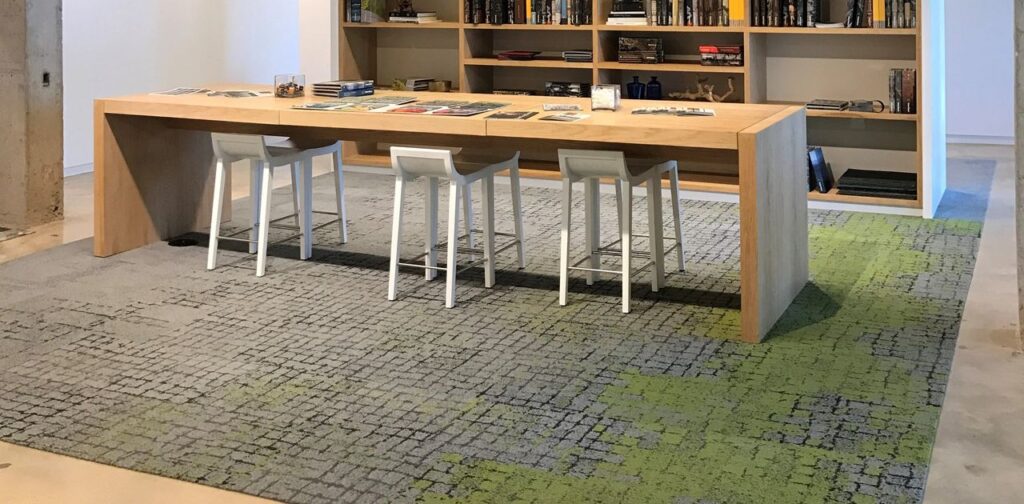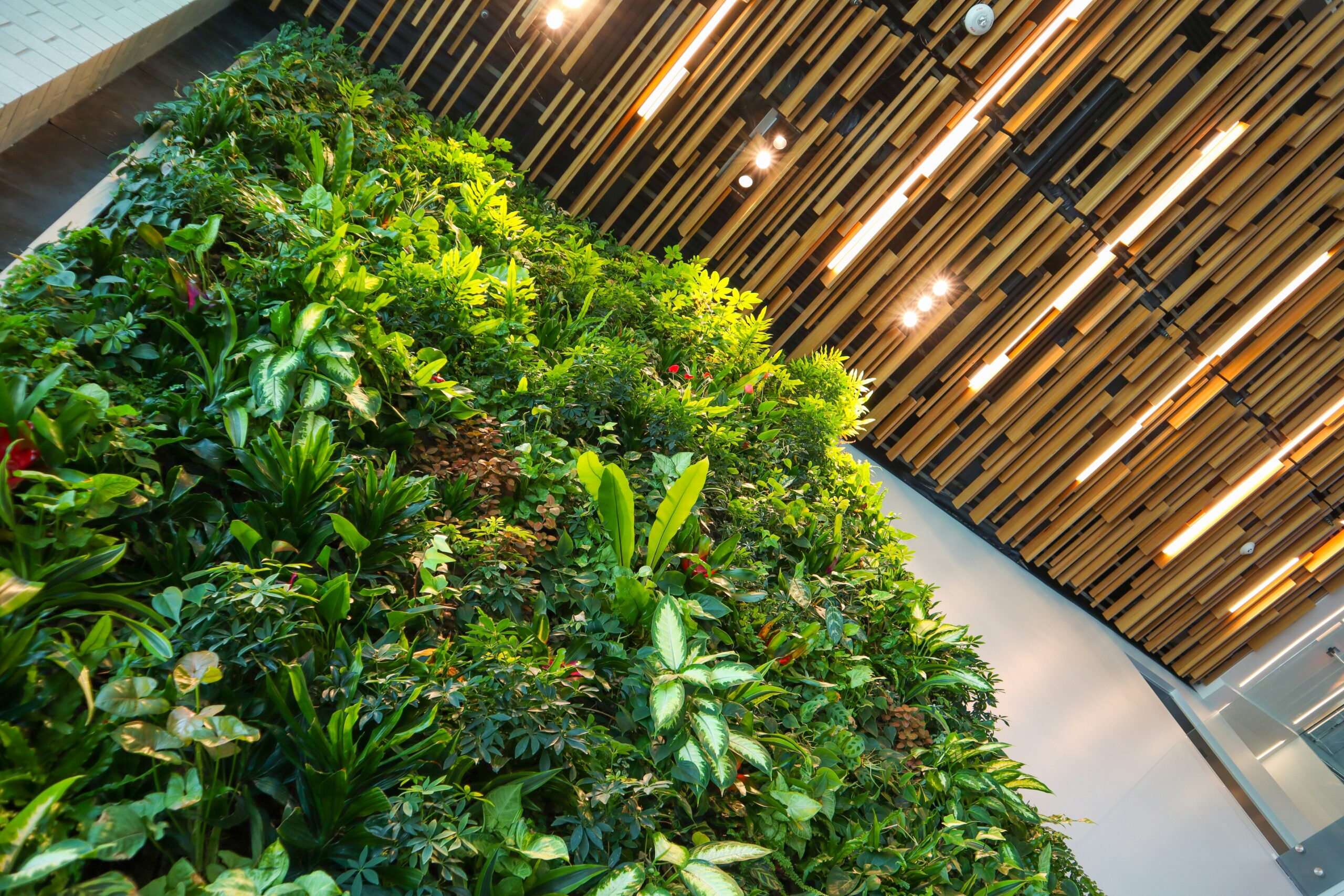By Mercedes Quintanilla.
If the saying is true, that we are all products of our environment, it makes sense to ensure that our environment is in optimal condition to bring out the best in us. Evidence shows that biophilic environments, both natural and man-made, exert a healing effect on the human body. This healing process also acts by association on the designer’s body making it healthier.
Decades of formal and informal design practices left many architects in a bad position to create healing environments, new computer-aided design programs neglected the traditional roles of immediate feeling and response in generating architecture. Intrinsic biophilic qualities have long been rendered irrelevant to the discipline, but incorporating them improves healing strategies.
The act of creating a biophilic structure in our environment is curative, regardless of the user’s experience with the structure after its construction. If structure arises from processes that reflect biophilic adaptability, then the acts of conceiving an idea for a building, drawing it on paper, planning its construction, and constructing it are equally healing for the designer and everyone involved. The structure generates a healthy response throughout all mental and physical acts; and constitute the finished architectural project.
The main objective of using this style is to lower stress on the human body, helping its defenses to fight disease and to promote healing, and this healing environment only arises when humans take advantage of the complexity of nature, and experiment for themselves. themselves the natural connection that for a long time was interrupted. People are increasingly demanding for their environments to lower stress, they want spaces full of life and work that keep them healthy, leaving aside the same conventional excessive technology.
Some strategies to improve our health and well-being in built environments:
Living green walls.
Living walls made up of varieties of plants help by absorbing carbon dioxide and other toxic gases and replacing it with oxygen.
Example: Low-maintenance green walls made of mosses and lichens were used by Buddhist monks to divert attention from daily distractions and facilitate meditation, because the different textures and shades of the compositions maintain a conservation process that connects with the Human nature.

Consider the senses.
The nature-inspired elements that we can see, hear, smell, or feel can have a positive impact on our physical and mental well-being and also reduce stress.
Example: Incorporating the sound of running water in work spaces contributes to concentration and stress reduction; Include a sense of thermal variability in airflow or temperature whether through windows, manual controls, or fans.

Use of the textures, shapes and patterns of nature.
Natural forms are based on patterns to which humans instinctively respond positively, when we are surrounded by structures or elements based on these patterns, stress levels are reduced and visual preference is increased.

Window to the world.
As overall, spaces are adjusted to reduce the carbon footprint and limit energy costs, it was discovered that a view to a natural setting can compensate for the loss of space.
The curative effect of biophilia on architecture can be largely explained through precise and measurable geometric properties, designing structures from the bottom up, infusing the architecture scheme with processes parallel to those of biology, to develop and reproduce. . These processes heal because they reflect the orderly complexity of natural systems. An example is fractal design because its geometric elements, proportions and patterns present in biological Nature permanently and generate spaces in accordance with life, and therefore healthier for us also as living beings, as an integrated part of the entire organic system. .
Reference.
✓ Salingaros, Nikos A. (2015) “Biophilia and Healing Environments: Healthy Principles For Designing the Built World”. New York: Terrapin Bright Green, LLC.
✓ Natural Healing with Biophilia. (2019, August 6). Human Spaces. https://blog.interface.com/natural-healing-with-biomimicry/
✓ Salingaros, N., & Ryan, C. O. (2021, March 29). Biophilia & Healing Environments: Healthy Principles For Designing the Built World. Architecture’s New Scientific Foundations. https://patterns.architexturez.net/doc/az-cf-193119

Read the Comments +